
Adobe PDF File eBook Ordered From This Website Will Be Delivered Within 24-48 Hours from your confirmed order as we manually process each order. Thank you for your understanding.
AVAILABLE FOR SALE
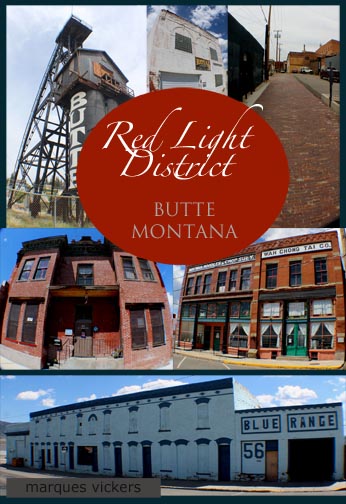
"The Red-Light District of Butte Montana:
The Decadence and Dissolution Of A Local Institution
Marques Vickers’ “Red-Light District of Butte Montana” is an intimate photo examination of the infamous sex trade once nationally recognized during the late 19th and early 20th century. Over 135 current photographs document the remnants of the famed Copper mining town’s prostitution core. Vickers’ work details historical anecdotes, narratives on colorful personages and perspective on an era when prostitution was locally institutionalized.
The remaining Dumas Brothel is a profiled parlor house noteworthy for its operational longevity between 1890-1982. The Dumas is the longest tenured American house of prostitution. Founded by two French Canadian brothers, the property weathered numerous reform movements and attempts towards forced closure by governmental authorities. Owner tax evasion ultimately shuttered the property. Renovation efforts are being undertaken to restore the building, much to the chagrin of paranormal spirits that haunt the lodgings.
Across the road is the Blue Range Building, the last street-facing example of the lowest extremity of prostitution once employed within the district. The seven sets of ground floor doors and adjacent windows housed segregated cubicles called cribs. Diminutive cribs accommodated only a single bed and an occasional washbasin and chamber pot. Lower esteemed prostitutes serviced clients from these utilitarian spaces. Their clientele consisted primarily of common laborers and miners with modest financial means.
Butte’s prostitution industry reinforced a rigid hierarchy of distinguishing elite mistresses for the affluent and influential, from lowly street solicitors. The lifestyle of sex professionals was plagued by drug addiction, financial debt, sexually transmitted diseases, pregnancy, abortion, violence and abuse by their patrons and jealousy-motivated clients. Many of the younger women harbored unrealistic expectations that a client would eventually fall in love with them enabling their escape. Suicide was common even amongst the highest regarded women within such a cannibalistic environment,
During the turn of the twentieth century, Butte was one of the largest Rocky Mountain population centers. Its licentious reputation mirrored contemporary Las Vegas. Unlike many western frontier settlements, cowboy culture made minimal intrusion. Instead, the mining industry and extreme winters created an atmosphere hometown born and raised motorcycle daredevil Evil Knievel described as “gritty”, more resembling a Pennsylvania steel region community.
Butte’s current leading tourist attraction is the Berkeley Pit, an enormous open cavity copper mine that was operationally closed in 1982. The seeping adjacent waters into the exposed mine are laced with toxic heavy metals and chemicals leaving the region in a state of suspended environmental danger.
The commentary attempts to sort legend from fact in the portrayal of neighboring Chinatown and periphery properties. Galena, Arizona, Mercury and Main Streets defined the red-light district’s historical parameters. The decline of the neighborhood is exemplified by an abundance of vacant spacing and parking lots. Amidst the decay, sprouting stories and speculation recreate an epoch when thousands of desperate men and women trawled the sidewalks and alleyways in search of company, diversion, and sexual release.
Butte’s red-light district is a haunting environment with a complex past. History and the consequence of sustained decadence are embedded throughout the phantom architecture symbolized by room and building tracings on still standing relics.
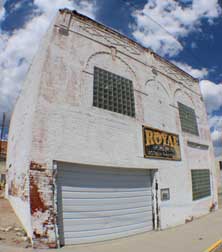
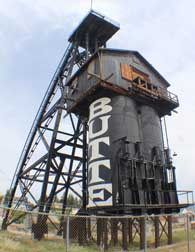

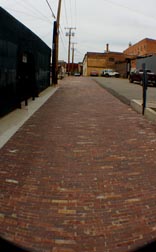
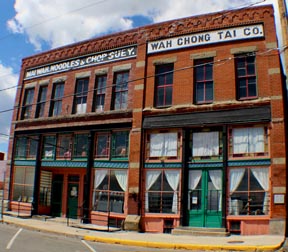
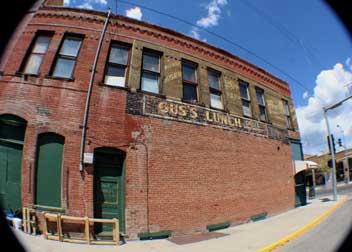

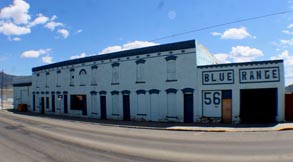

Marquis Publishing is a publisher of paperback and electronic books.
MARQUIS PUBLISHING
California, USA
1 (707) 712-8062
marques@artsinamerica.com











